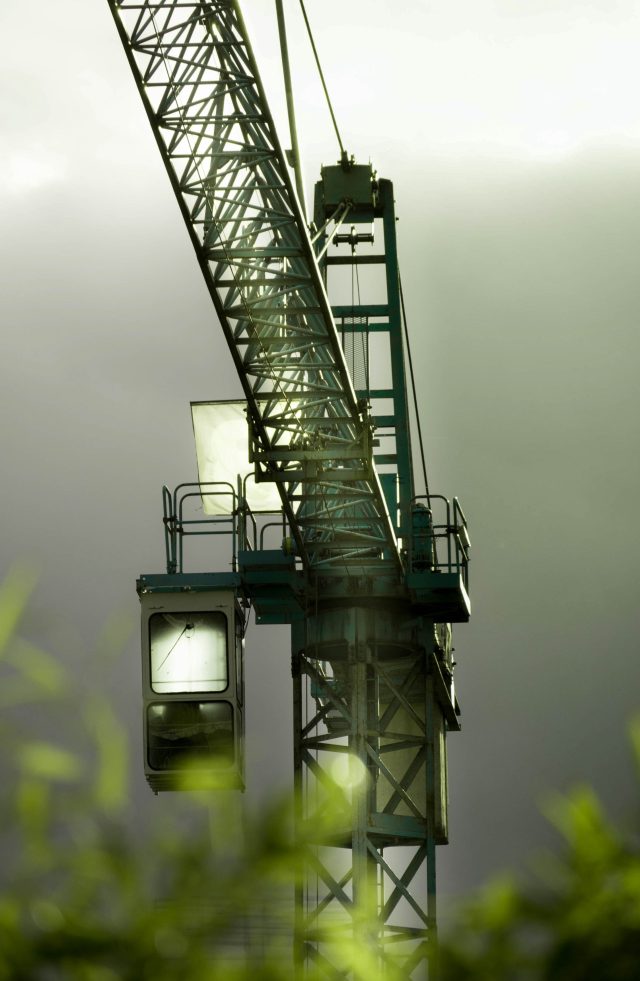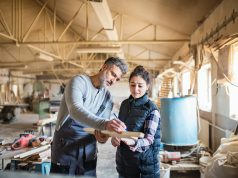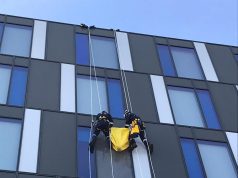
The coronavirus outbreak has wreaked havoc on building sites all around the world. While certain construction workers are designated “key workers,” the majority of industry experts now work from home. If you don’t need to visit a site, the government advises everyone from project managers to clients to architects not to.
The concept of remote construction monitoring has gotten a lot of traction as a result of this shift. The epidemic has propelled remote construction monitoring for construction documentation, as well as remote working in general, into the mainstream. If you haven’t used remote construction technology before, it’s a good idea to learn about it and how it works.
What is remote construction monitoring?
The ability to be anywhere on the planet and still keep an eye on the construction site is unrivalled. However, with this honor comes a great deal of responsibility.
Remote construction monitoring refers to a set of technologies that enable persons who aren’t physically present at a construction site to keep eyes on the progress of a project. It includes a variety of tools and applications.
Benefits of Remote construction monitoring
Saves a lot of money: Remote construction monitoring can boost production, decrease waste, and enhance time management.
Reduces theft and loss: Remote construction monitoring deters theft by placing equipment and materials under video or sensor surveillance.
Quick insurance approvals: If insurers know you’re tracking assets, equipment, and monitoring health and safety, they’ll be more confident in your project.
Never goes to sleep: Throughout your project, you will be monitored. It does not become bored or fatigued, lowering the possibility of human error.
Multiple areas are covered at the same time: Human site inspectors must physically roam around the site and are unable to see everything going on at once. Their monitoring capacity is improved by using a remote monitoring system.
Improves health and safety: Cameras and sensors can, among other things, identify whether subcontractors are breaking health and safety laws, if they are weary, or if a machine is overheating.
Wherever you go, you may access your site: You won’t have to travel to conduct site inspections or evaluate project progress.
It’s not just about video surveillance or IoT sensors when it comes to remote construction monitoring. It’s also about utilizing tools that allow project managers to monitor progress from afar. These tools eliminate the requirement for the project manager or site manager to visit and check sites regularly. They can monitor operations from afar using reports from the site manager and other field personnel.
Remote construction monitoring will likely become a permanent element of construction projects, much as remote work will become more widespread for office workers as a result of the epidemic.













